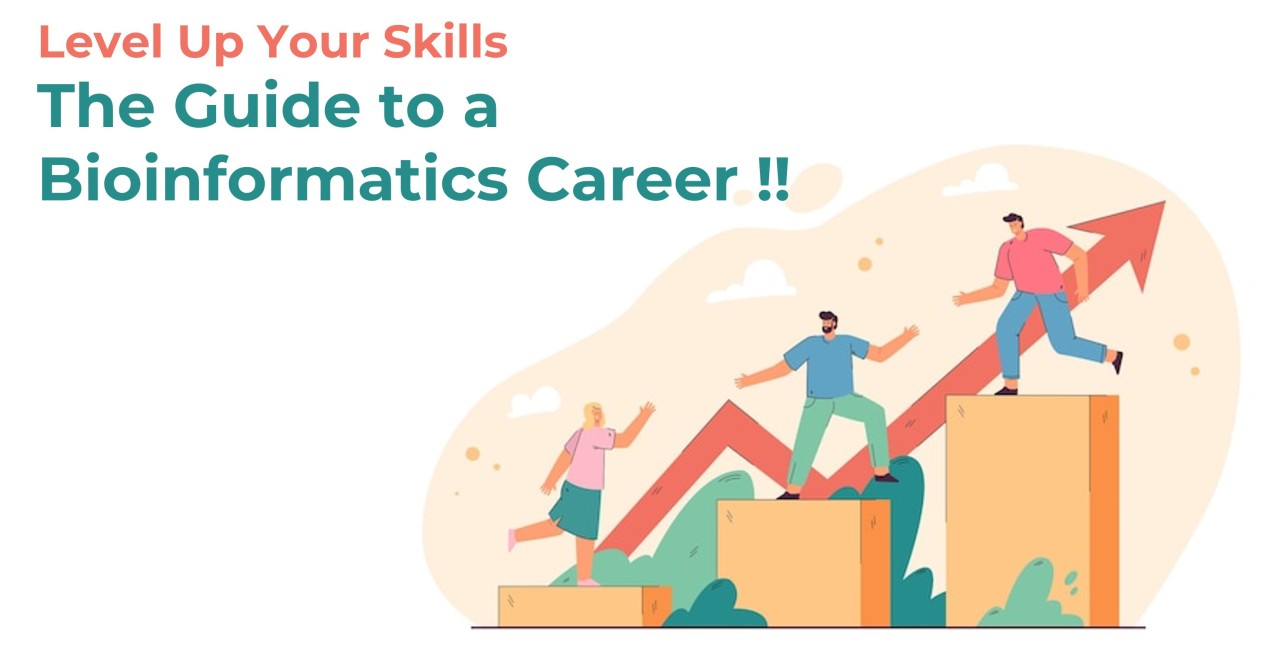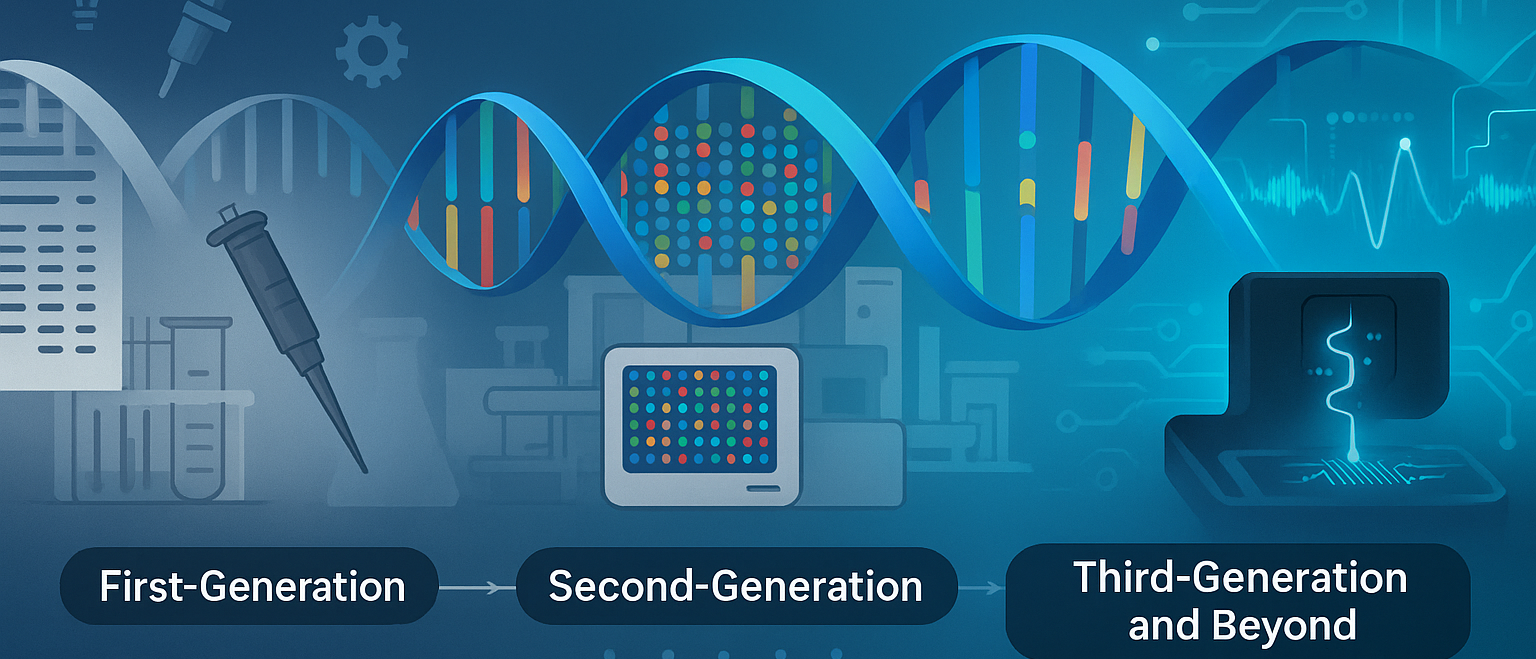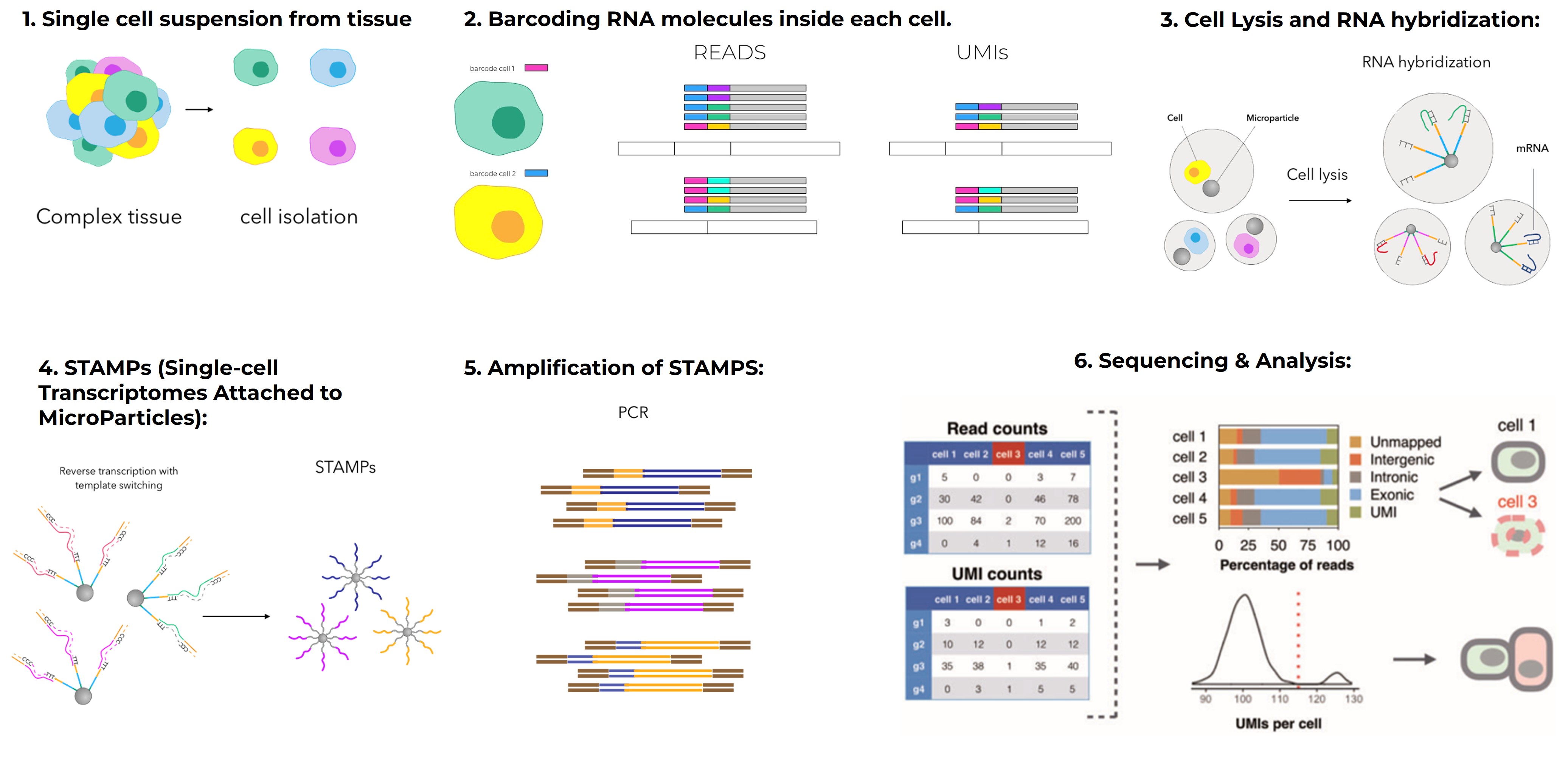In today’s world, biology is no longer confined to petri dishes and microscopes. It’s powered by data-massive amounts of it. Whether it's sequencing entire genomes, studying gene expression patterns, or understanding microbial communities, modern biology relies heavily on computational tools. This is where bioinformatics comes in.
For biology students and researchers looking to transition into this field, the shift may seem overwhelming at first. But with the right strategy, a clear understanding of the skillsets involved, and a commitment to continuous learning, the journey can be both achievable and rewarding.
Step 1: Self-Assessment and Foundation Building
The first step is reflection. Evaluate your current strengths and identify areas that need development. Most biologists already have a strong grasp of molecular biology, genetics, and experimental design. What’s often missing are computational skills-programming, statistics, and data analysis-that are vital for navigating biological datasets.
Start building a strong foundation by learning Python and R, the two most commonly used languages in bioinformatics. Python is known for its clean syntax and broad applications in data manipulation and automation. R, on the other hand, is a powerhouse for statistical analysis and visualization. Platforms like Coursera, DataCamp, and LBRN Training offer structured learning tailored for bioinformatics beginners.
Equally important is a working knowledge of statistics. Understanding p-values, clustering, principal component analysis (PCA), and regression models allows you to make sense of biological data with confidence. Statistics isn’t just about numbers-it’s about interpreting biological meaning from complex datasets.
Step 2: Gaining Hands-On Experience
Learning theory is essential, but applying what you learn is what truly cements your skills. Start small: download publicly available datasets from repositories like NCBI GEO or EBI’s ENA, and try performing basic data cleaning, visualization, or differential gene expression analysis.
Consider joining online bioinformatics challenges, research internships, or student-led projects. Even small contributions help you build a portfolio, gain confidence, and demonstrate your skills to future employers.
Additionally, immerse yourself in the bioinformatics community. Participate in online forums such as BioStars, attend free webinars, and join mailing lists or local meetups. Networking can open doors to mentorship, collaborations, and job opportunities.
Step 3: Embrace Lifelong Learning
Bioinformatics evolves rapidly. New tools, machine learning models, and analysis methods are constantly emerging. That’s why one of the most important qualities in this field is the willingness to keep learning.
Formal education like a master’s or Ph.D. in bioinformatics can be beneficial, but it’s not always necessary-especially for entry-level or technical roles. Instead, short courses, certifications, and online training programs can equip you with the specific skills you need.
The LBRN Training Platform offers a valuable resource for students and early-stage researchers looking to build skills at their own pace. Designed to make complex bioinformatics concepts accessible, the platform covers foundational topics such as -omics data analysis, computational programming, machine learning, and structural biology. What sets it apart is its focus on real-world data and project-based learning-giving students the opportunity to apply what they learn to practical research scenarios. Even for those without a strong background in coding or statistics, the structured courses guide learners step-by-step, building confidence and competence. By integrating applied exercises, curated datasets, and peer discussion forums, the LBRN platform not only builds technical skills but also encourages collaboration and community-based learning. For students at LBRN Network PUIs and community colleges, this resource is freely available-lowering barriers to entry and helping bridge the gap between traditional biology education and modern data science demands.
Step 4: Master the Core Topics of Bioinformatics
To thrive in this field, there are key topics every transitioning biologist must understand. These topics form the core of nearly every bioinformatics analysis:
Programming (Python & R): These languages are essential for writing scripts, analyzing data, and automating workflows. Python’s Biopython library and R packages like ggplot2, Seurat, and DESeq2 are widely used in bioinformatics.
Statistics and Data Interpretation: Techniques such as t-tests, ANOVA, clustering, PCA, and machine learning models like decision trees or support vector machines are critical for making sense of high-throughput data.
Bioinformatics Tools and Databases: Learn how to use tools like BLAST (for sequence alignment), Clustal Omega (for multiple sequence alignment), and explore databases like NCBI, UniProt, Ensembl, and the UCSC Genome Browser.
Genomics and Sequencing Technologies: Understand the principles behind technologies such as Illumina, PacBio, and Oxford Nanopore. This context helps you understand where your data comes from and how to troubleshoot it.
Machine Learning and AI (Advanced): While not required at the beginning, exploring machine learning for bioinformatics can set you apart. These techniques are used to classify mutations, predict disease markers, and analyze complex systems. A great introductory review is Libbrecht & Noble, 2015 (Nature Reviews Genetics).
Timeline: A Quick Look at the Evolution of Bioinformatics
| Year | Milestone |
|---|---|
| 1990s | Human Genome Project sparks the need for computational biology tools |
| 2002 | NCBI launches BLAST+, revolutionizing sequence comparison |
| 2005 | Next-generation sequencing (NGS) begins, generating massive biological datasets |
| 2010s | Rise of single-cell omics and personalized genomics |
| 2020s | Machine learning, cloud computing, and AI transform bioinformatics |
These milestones highlight how the field has grown from a niche discipline into a foundational pillar of biological research and medical innovation.
Your Journey Starts Now
Transitioning into bioinformatics as a biologist might seem challenging, but you’re more prepared than you think. You already understand the biology-now it's about equipping yourself with computational tools to explore biology in a data-driven way.
Begin by mastering the basics: programming, statistics, and common bioinformatics tools. Practice with real datasets. Join a community. Keep learning.
With curiosity, persistence, and the right guidance, you can become a modern biologist capable of solving some of the biggest challenges in science today-whether that’s decoding diseases, improving crops, or understanding how life works at the molecular level.
Your future in bioinformatics is waiting. All you need to do is take the first step.











